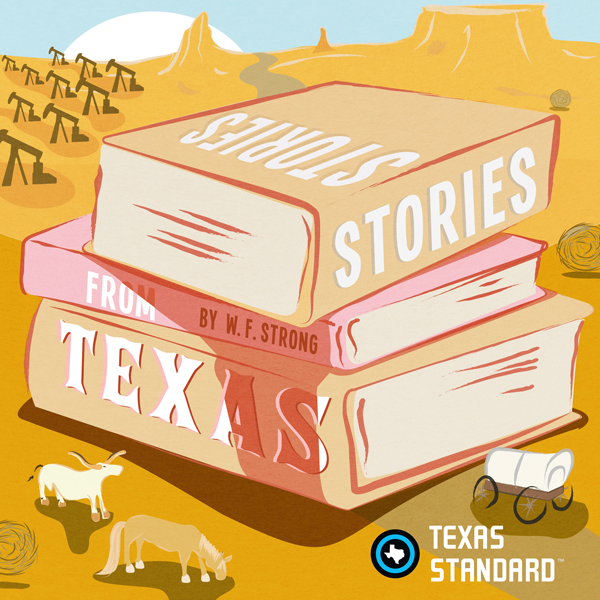When Richard King, the founder of the King Ranch, was on his deathbed, he told his wife, Henrietta Chamberlain King “Don’t let any of that land get away from you.” At the time of his death in 1885, King’s famous ranch consisted of about half a million acres. He had amassed this land on the advice of Robert E. Lee, who told him that he should buy all the land in the wild horse desert that he could get hold of, and never sell it. Richard King followed this principle faithfully his entire life.
His wife Henrietta did not let him down. She ruled this ranch kingdom for about 10 years longer – in total – than her husband did, more than doubling the size of the ranch in her time.
But it wasn’t easy. She had to break her husband’s golden rule soon after he died. Henrietta King not only inherited half a million acres, but also half a million dollars of debt. She had to sell some of the land to bring the King Ranch back to life. Under Henrietta King’s firm but fair hand – and with the expert help of her son-in-law, Robert Kleberg – the ranch was soon growing again; and then flourishing. By the turn of the century, the King Ranch was trying new techniques in irrigation, range grasses and cattle breeding. By the 1920s they’d created their signature breed: Santa Gertrudis cattle.
Henrietta met Richard King when she was just 18 years old, in Brownsville. She was the quiet daughter of a Presbyterian minister and King was a hard-drinking, rough-around-the-edges, riverboat captain. Sounds like a country-western song. When they married, Henrietta said about her honeymoon: “I doubt it falls to the lot of any a bride to have had so happy a honeymoon … we roamed the broad prairies of the ranch. When I grew tired, my husband would spread a Mexican blanket for me and I would take my siesta under the shade of a mesquite tree.”
This rough-hewn honeymoon she so praised showed that she was made of the right stuff to help build a ranch out of inhospitable land and a brutal climate. Indeed, she was so tough, it’s said that when bandits wanted to attack the ranch house, they waited for Mr. King to be around because he could be bargained with.
Henrietta faithfully reigned over the ranch for 70 years. But her influence extended well beyond the King Ranch boundaries.
It has been said that the work of a philanthropist is like that of an old person who plants trees. They plant even though they know they will never live to stand in their shade. And so it goes that the institutions Henrietta King started are far more important today than they were in her time.
She donated land that would become Texas A&M University in Kingsville. She constructed the city’s public high school. She donated land and money to build Spohn Hospital, which is today Corpus Christi’s largest, most advanced hospital.
Mark Twain once said that you can tell the importance of a person by the size and nature of their funeral. When Henrietta King died at the age of 92, 200 vaqueros on horseback escorted her funeral carriage to the cemetery. Some of them had ridden two days across the ranch to get there in time. These men were known as Kinenos, the King’s men.
At her grave, the 200 vaqueros, one by one, circled her casket as it was lowered, and they tipped their hats in reverence for the great lady, “La Reina” – the queen of the King Ranch. Then they galloped on back to their duties on the ranch, which now consisted of 1.2 million acres.





